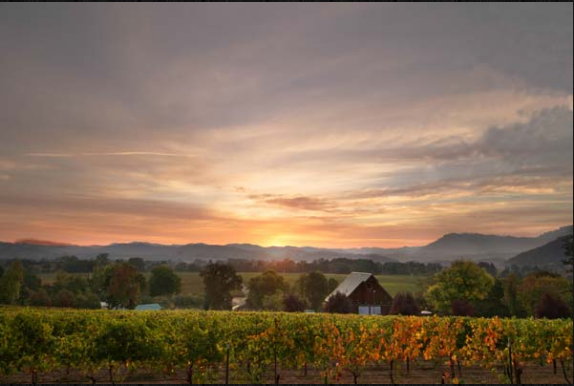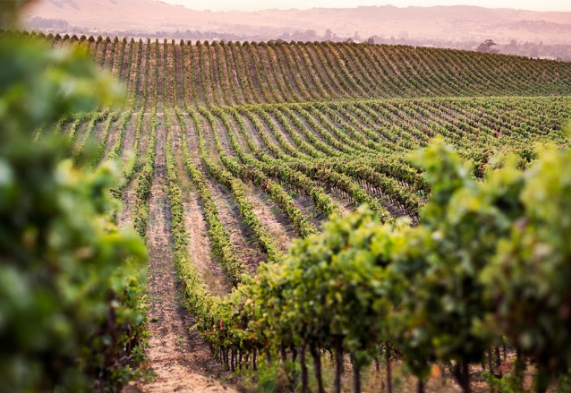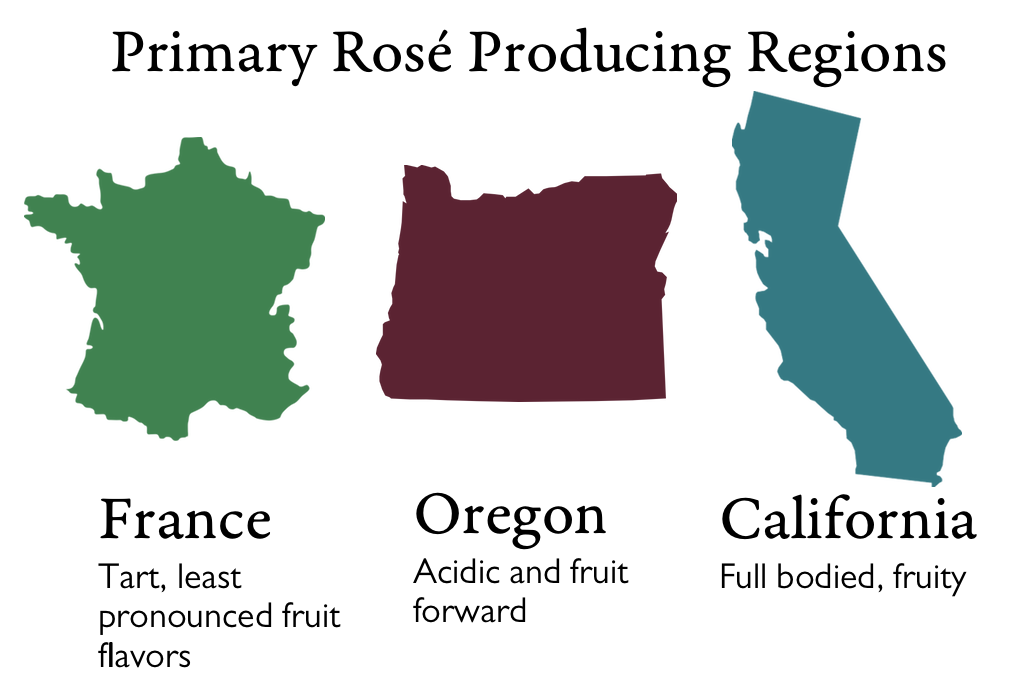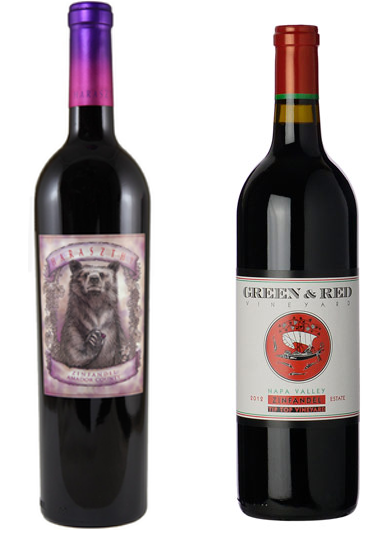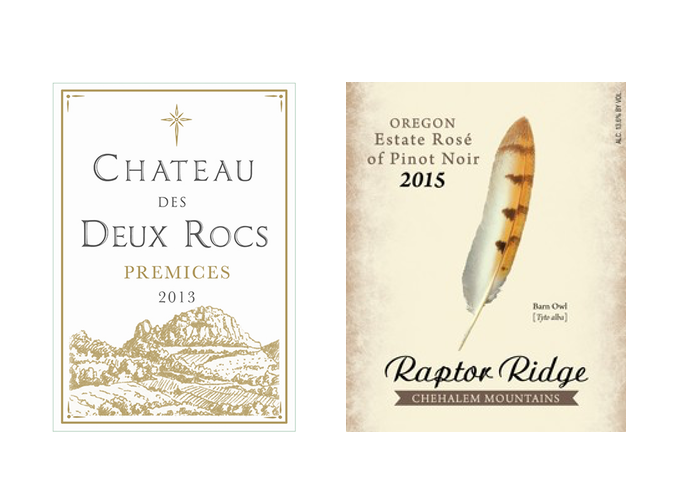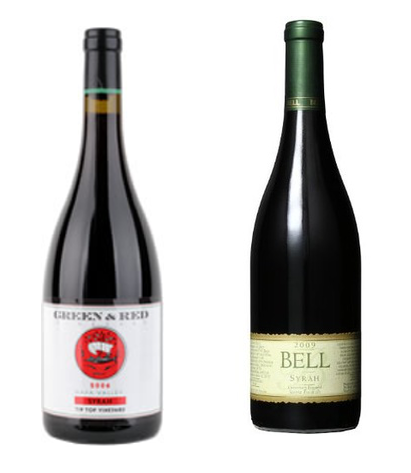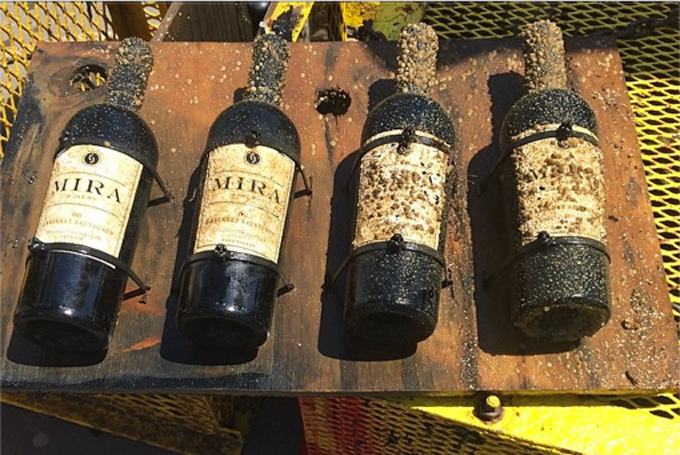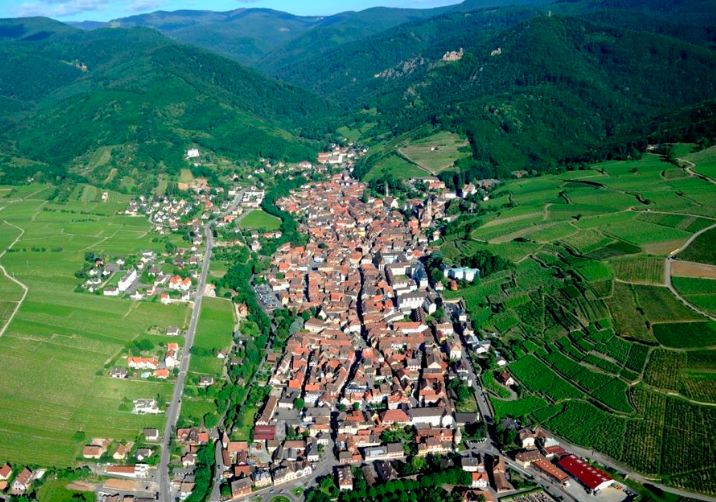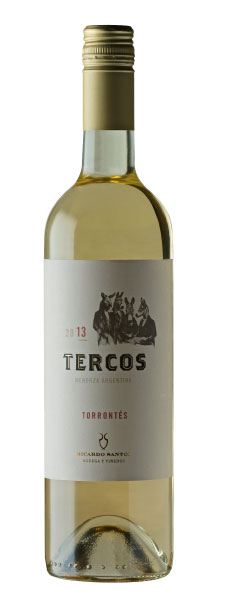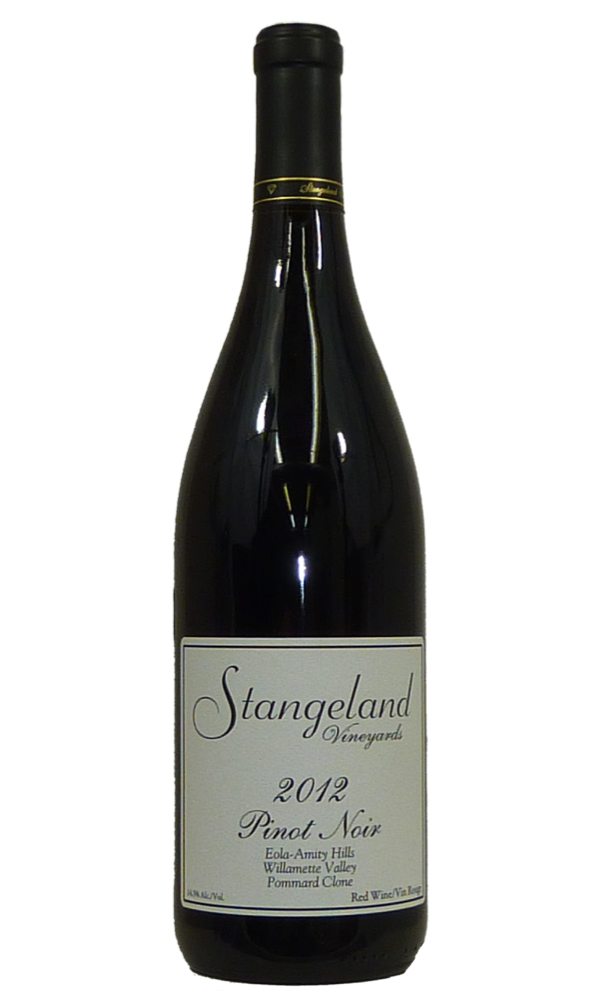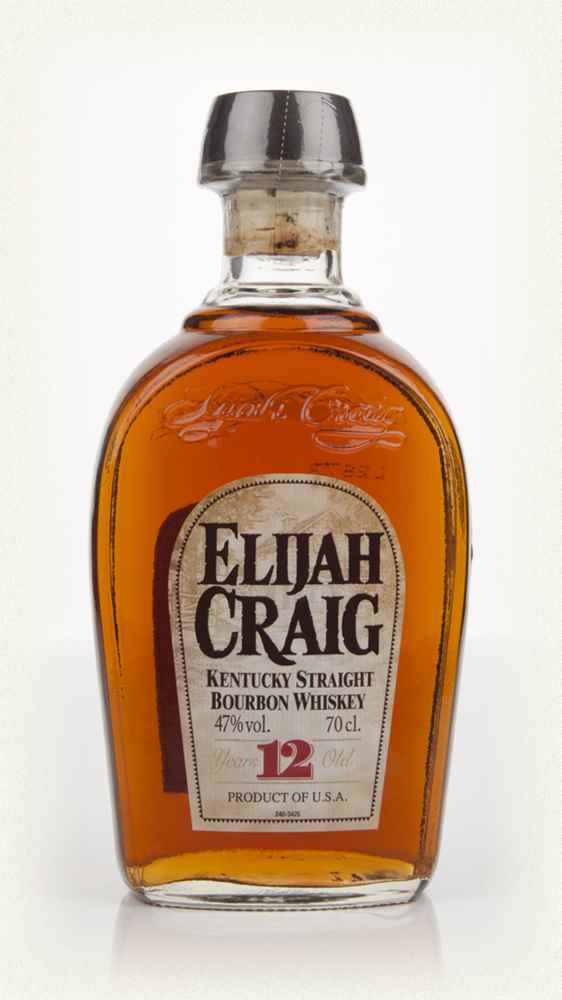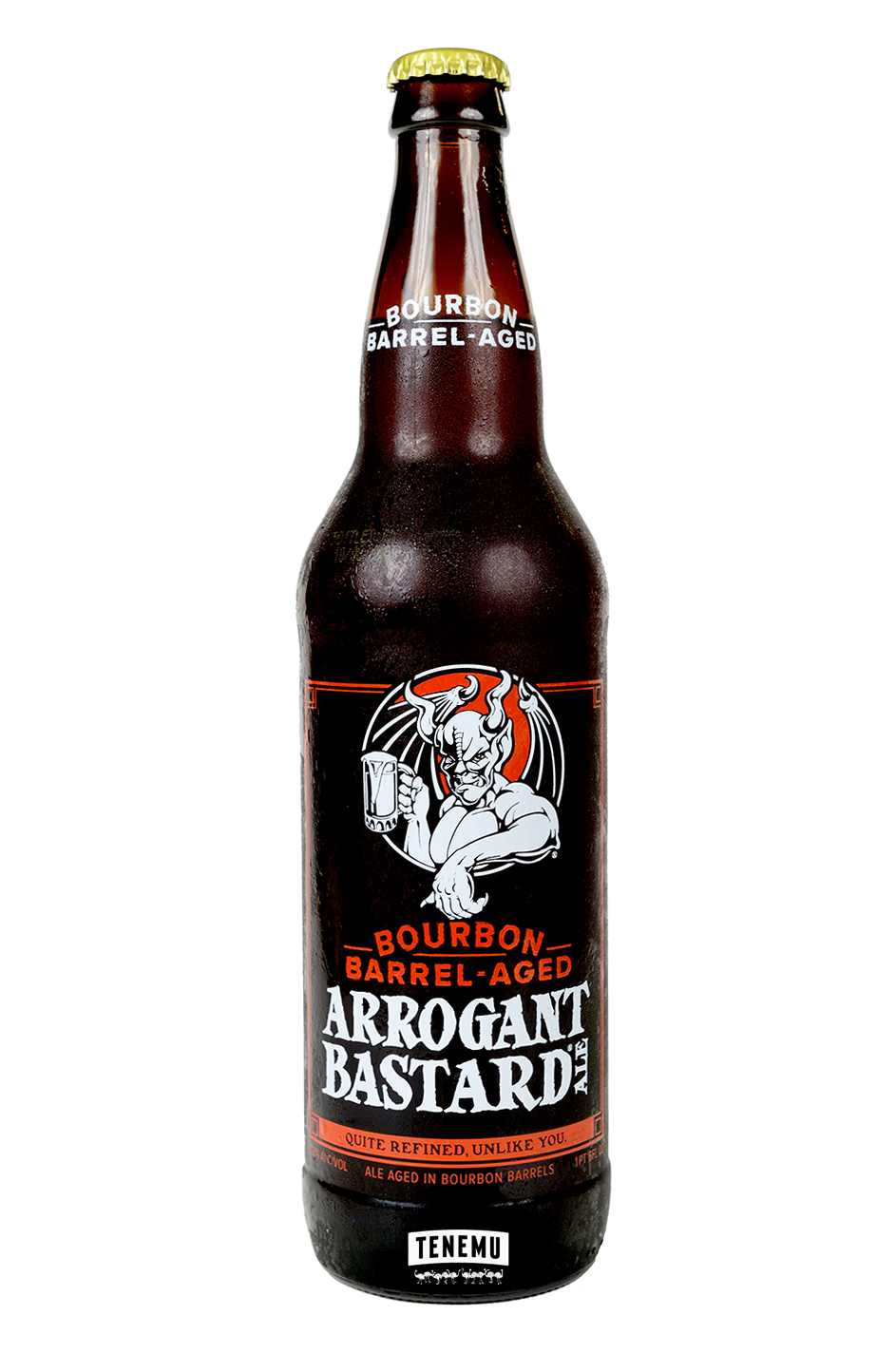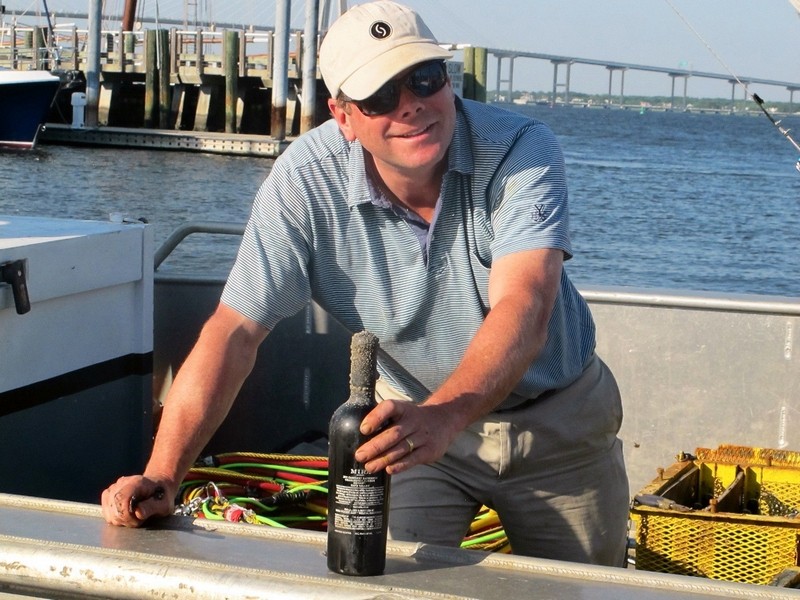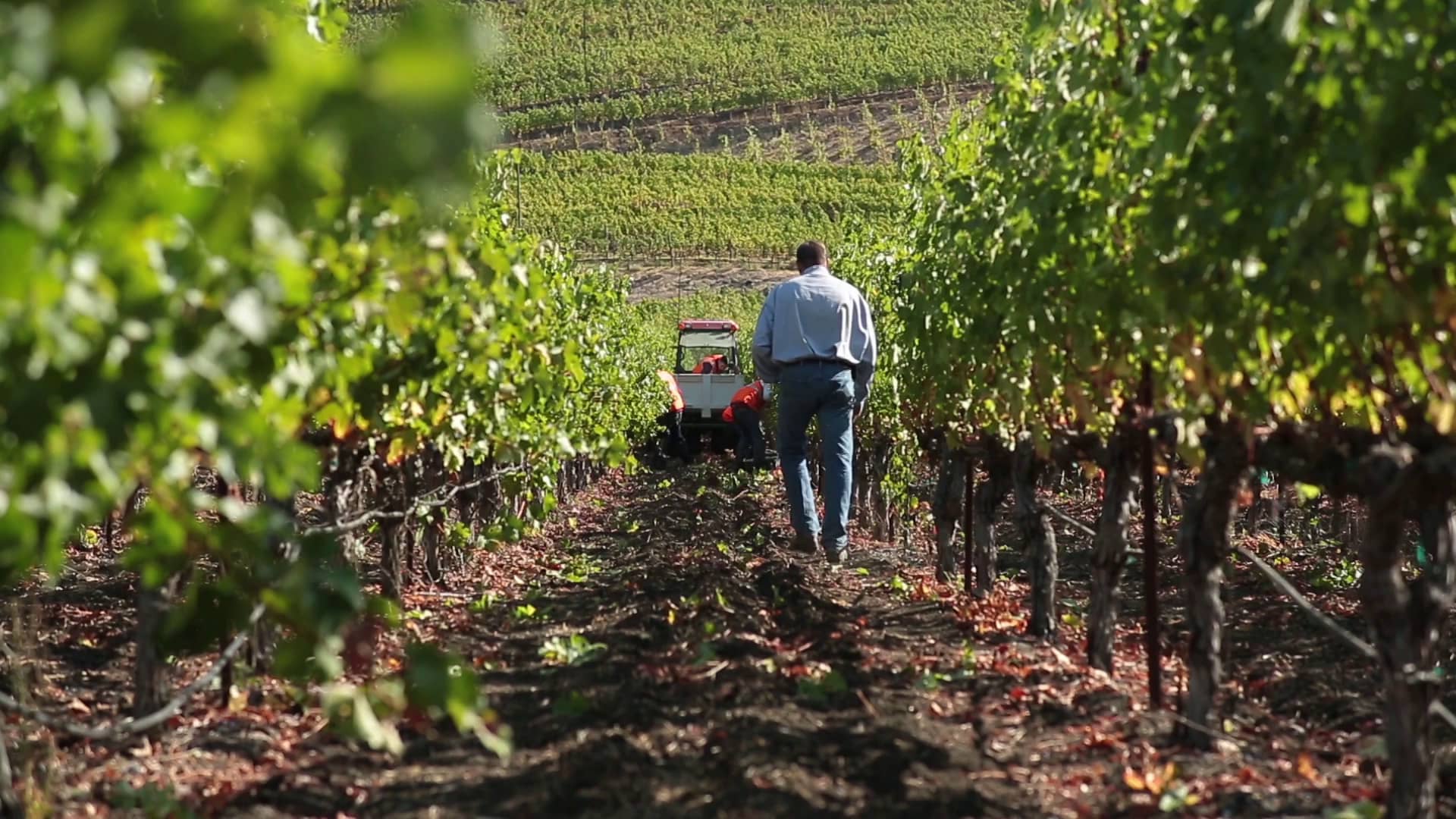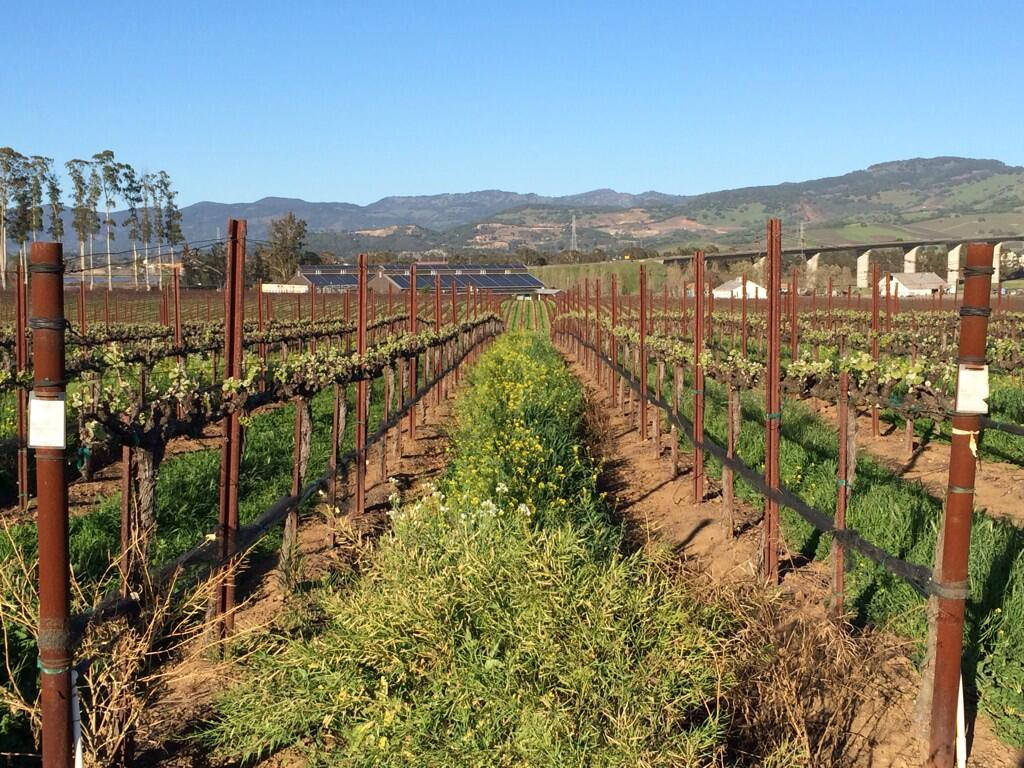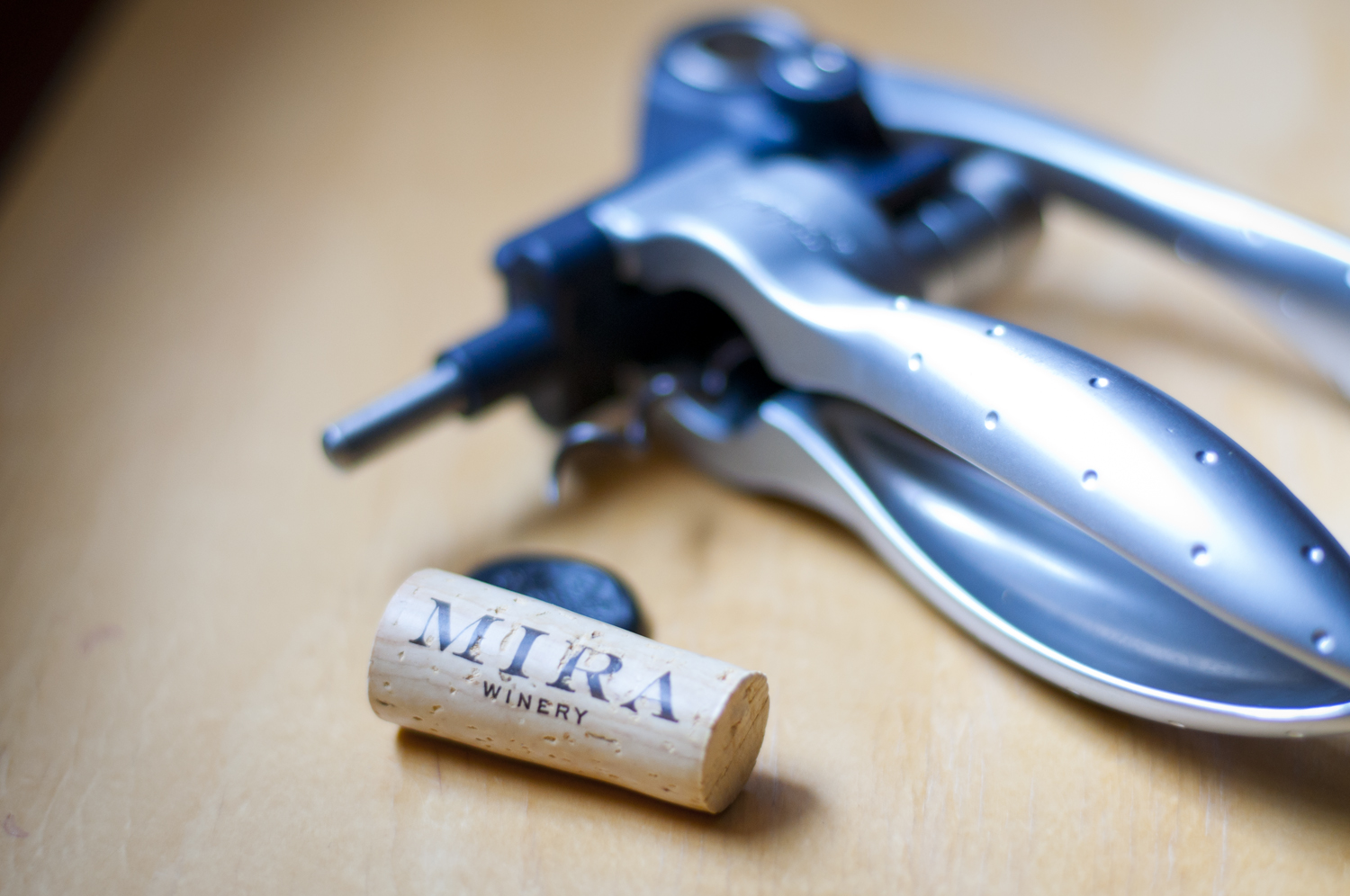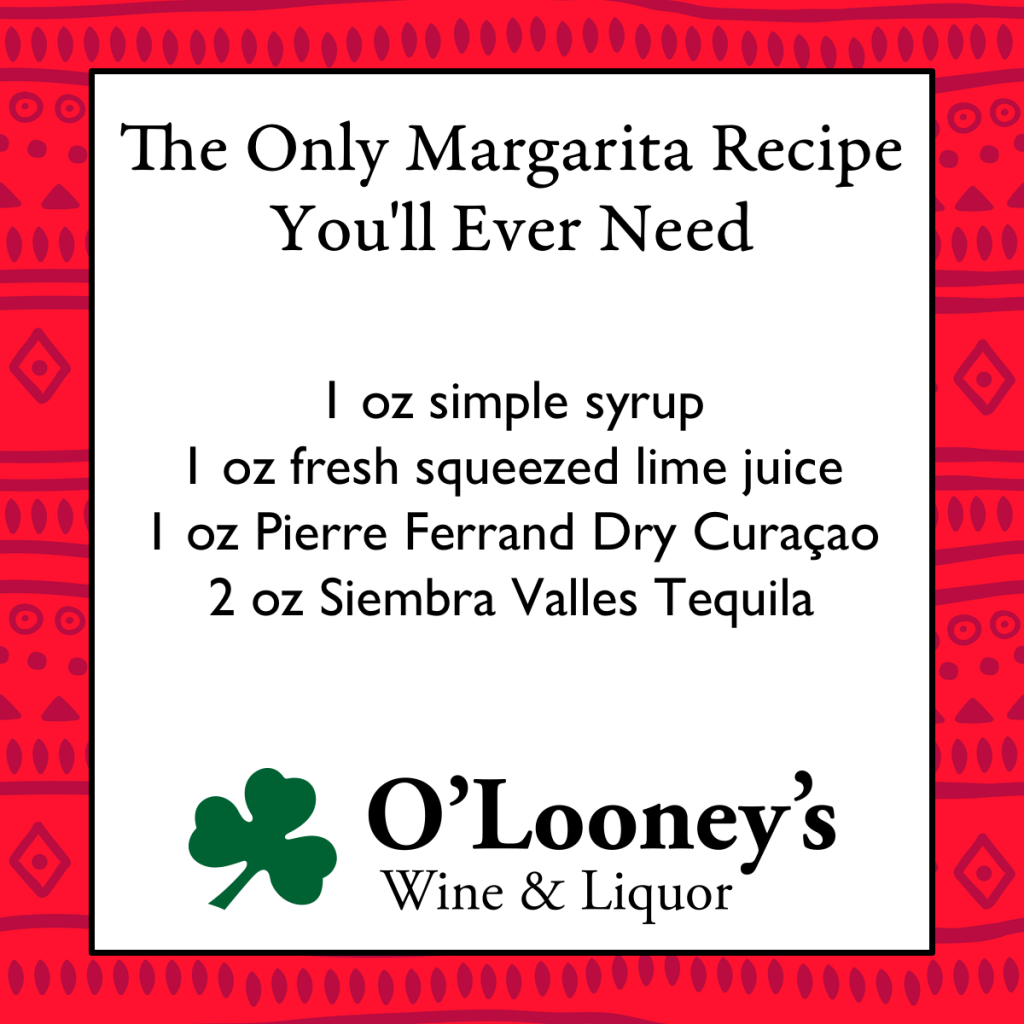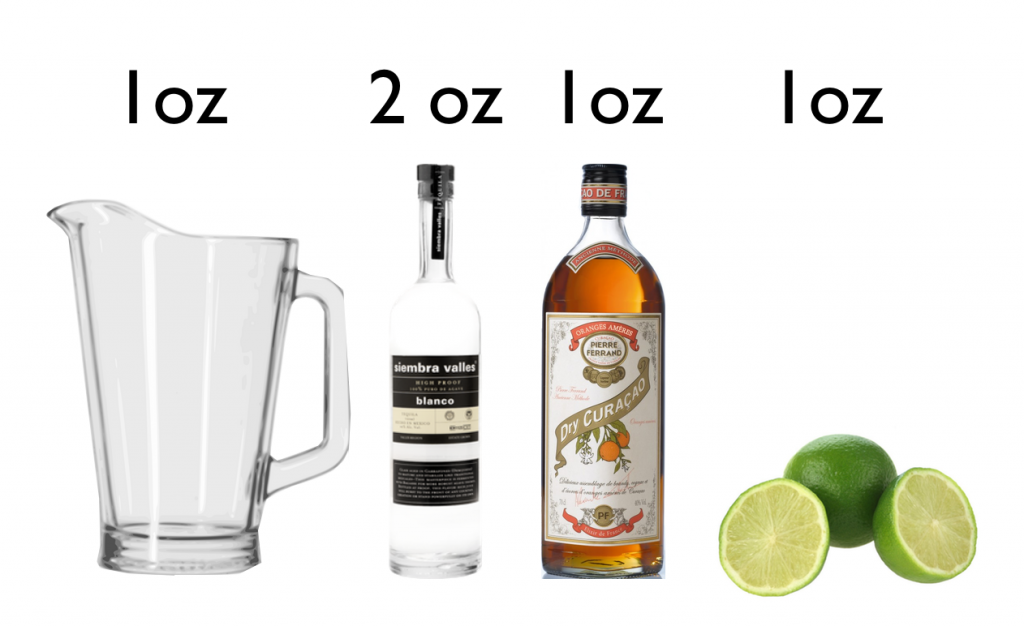“15 Questions with…” is an ongoing series of interviews with some of the most interesting people in our industry.
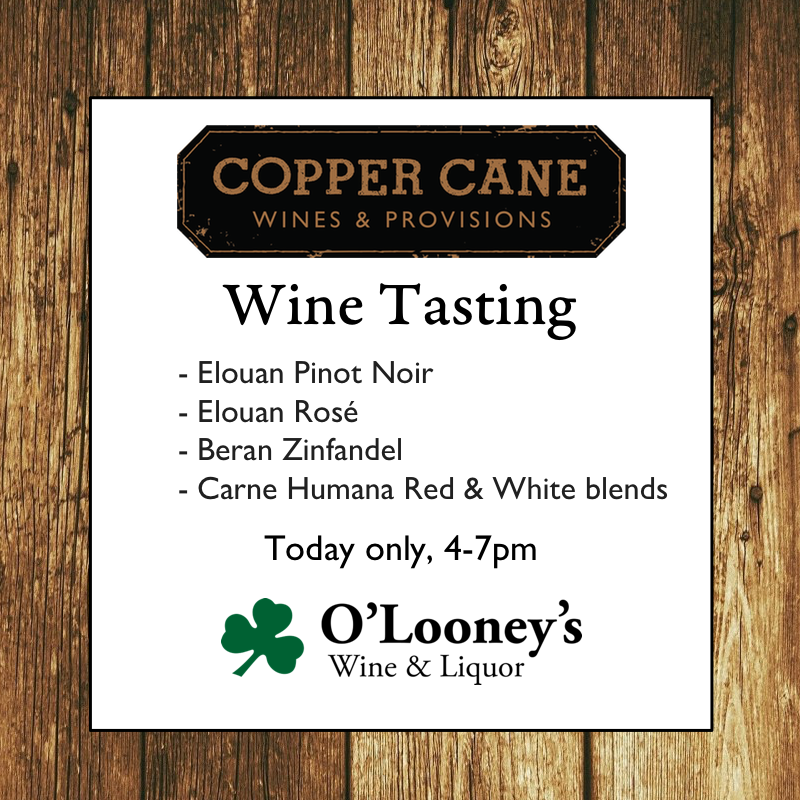
James “Jim” Morrison serves as the National Sales Director for Copper Cane Wine & Provisions. He’ll be in our store on Friday on May 27, from 4-7pm.
1)Tell us a little bit about what it means to be a National Sales director and some the challenges that come with that position.
I’m the first face, voice, messenger to our retail customer regarding the Portfolio Joe Wagner is creating. I know and love wine, but do NOT consider myself a wine Expert or Master Somm, my real expertise is consulting to navigate a highly complicated route to market. Understanding the Distributor/wholesale network, different state and often within state legalities. Championing our products in an increasingly competitive landscape. Trumpeting a voice to the gate-Keepers of the industry.
2) How did you first get into the industry?
Recruited off the campus of the University of Missouri to E & J Gallo Winery. Territory sales with graduating levels of responsibility starting in Oklahoma, Moving through Kentucky, West Virginia, Ohio, and Chicago.
3) What’s the most rewarding thing about your career? Selling is a simple equation – “A transfer of enthusiasm”. My father taught me this early in my career. We sell more than just grape juice in a bottle, wine is an experience for people to `enjoy with people they want to be with doing activities they enjoy. People remember their first experience with a particular wine, where they were, who they were with. It’s a great Mental Paycheck to see someone “Get it” when they experience our wines.
4) Who are the people in your industry that your most admire?
Joe Wagner – His passion to make something great. His Vision to build on what he was given. Chuck Wagner – The vision and discipline to start his own winery with his dad and build it into what it is today. Jim Schroeder – A manager I worked for early in my career at Gallo, he taught me how to interact with people and create relationships. Marvin Shankins – His vision for educating people about wine. Robert Mondavi – His vision for Napa, starting over after being fired from his families company and creating Napa.
5) What’s your favorite childhood memory?
Family gatherings – Coming from a large family, my Grandmother was one of 18 children, Grandfather on of 11. Our family reunions were a festival and it was fun to see my cousins and watch my parents interact with people they loved and made time to be with. The food and drink were always at the center of every gathering. Watching my Dad tease and laugh with my uncles.
6) What are your favorite books or movies?
Books – Mark Twain “The Adventures of Tom Sawyer” Malcolm Gladwell “David & Goliath” George Orwell “1984” Movies – Cool Hand Luke The Outlaw Josey Wales Shawshank Redemption
7) What your most listened to Spotify/Pandora/Serius station?
Comedy Channel, NPR, Classis Vinyl
8) If you weren’t making wine, what career would you have?
Tour guide – Wine Country, historic sites or interesting cities or comedian – I love to make people laugh.
9) What advice would you give to people who wanted to get into the industry?
Understand the business and logistics of the industry. While romantic, it’s really about making great product and figuring out the most efficient way to get it to the consumer. The first several years are labor intensive and not very romantic.
10) What’s your dream vacation? Traveling with my kids. We’ve been all over the world and there is still so much to see! Exploring new places, figuring out how to get around and communicate with other cultures/languages.
11) What’s your biggest guilty pleasure?
Watching TV! I love to lay back on the couch and Veg-Out! But almost never do, and when I do I feel guilty about all the things I could/should be doing. I’m getting better about this with age, the guilty part that is!
12) Hometown?
Rogers AR – 16 years and just now feels like home
13) If you were stranded on a deserted island with only one drink (not your own brand), what would it be?
Tough one – Either Newton Unfiltered Chardonnay or Jameson Irish Whiskey
14) What person has been most influential in building your career?
My wife Bridget. While my father taught me work ethic and several folks have influenced experience and skill sets, my wife has made me the success I am most proud of. Always supportive, collaborative. She “Get’s” me and makes me want to continuously improve.
15) Where do you see yourself and your brand in 5 years?
I’ve never been good at this! I believe in focusing on here and now and putting energy behind excelling at the task at hand. Competing, reacting, and growing relationships as I go. I can’t control everything, but I can control what I do, how I interact with those I come in contact with. Things happen for a reason, whatever that is, and I’ve learned that nothing is ever as good as you think or as bad as it seems. 5 years from now I hope to be doing something similar to today, loving those around me and putting energy into something that stimulates and excites me!

